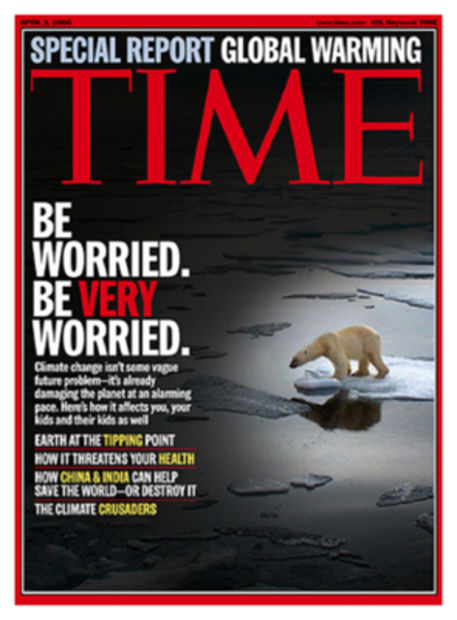
© Time.com
What would it take to change your mind?
If the answer is
It would take a ton of evidence to change my mind, because my understanding is that the science is settled, and we need to get going on this important issue, that's what I thought, too. This is my story.
More than thirty years ago,
I became vegan because I believed it was healthier (
it's not), and I've stayed vegan because I believe it's better for the environment (
it is). I haven't owned a car in ten years. I love animals; I'll gladly fly halfway around the world to take photos of them in their natural habitats.
I'm a Democrat: I think governments play a key role in helping preserve our environment for the future in the most cost-effective way possible.
Over the years, I built a set of assumptions: that Al Gore was right about global warming, that he was the David going up against the industrial Goliath. In 1993, I even wrote
a book about it.
Recently, a friend challenged those assumptions. At first, I was annoyed, because I thought the science really was settled. As I started to look at the data and read about climate science, I was surprised, then shocked.
As I learned more, I changed my mind. I now think there probably is no climate crisis and that the focus on CO2 takes funding and attention from critical environmental problems. I'll start by making ten short statements that should challenge your assumptions and then back them up with an
essay.
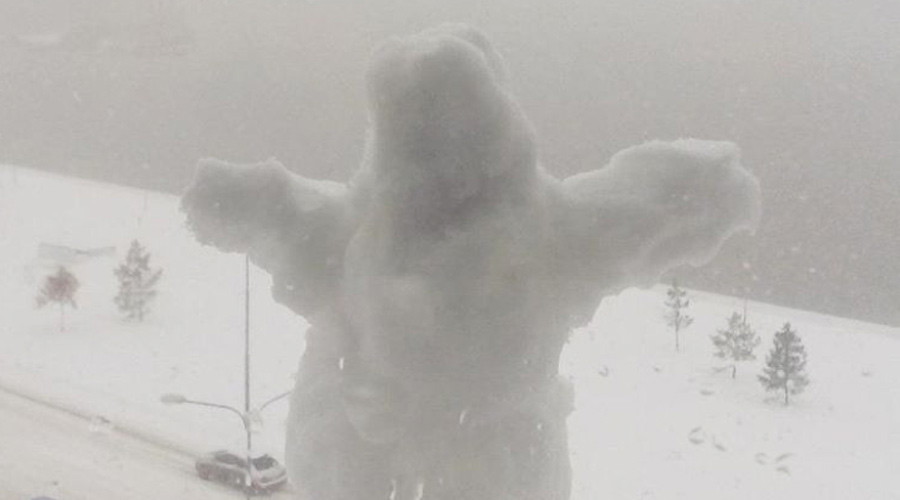
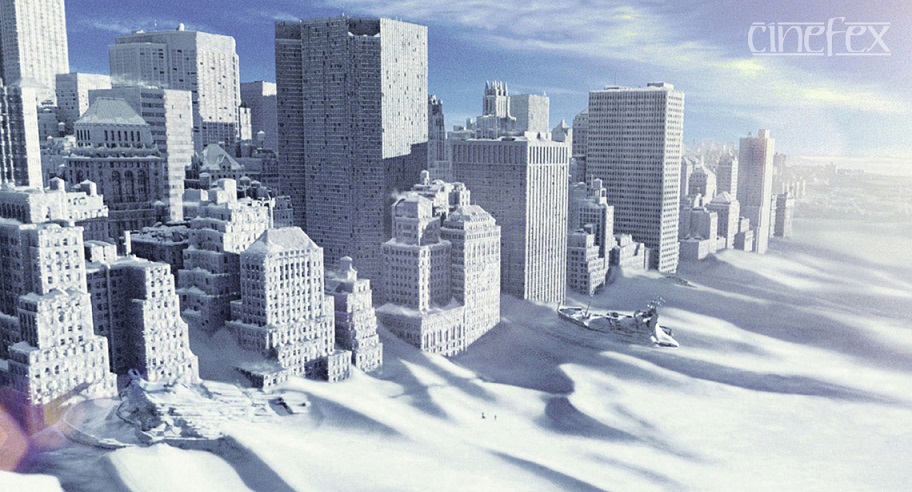
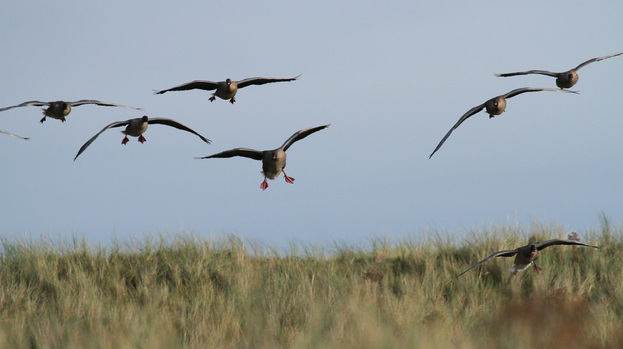
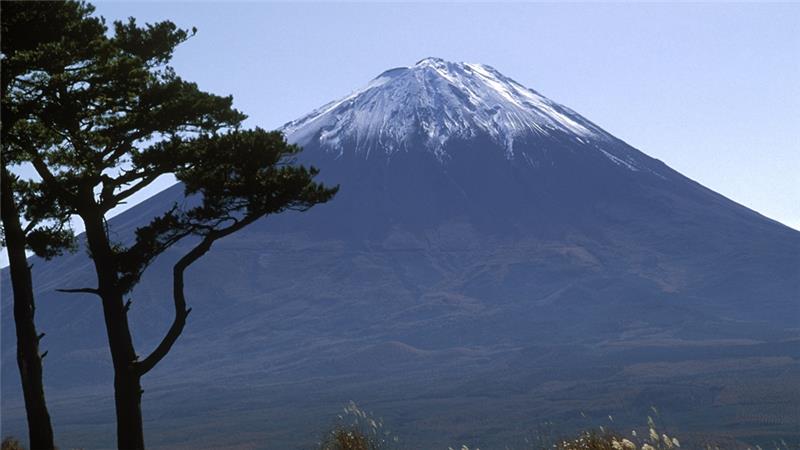
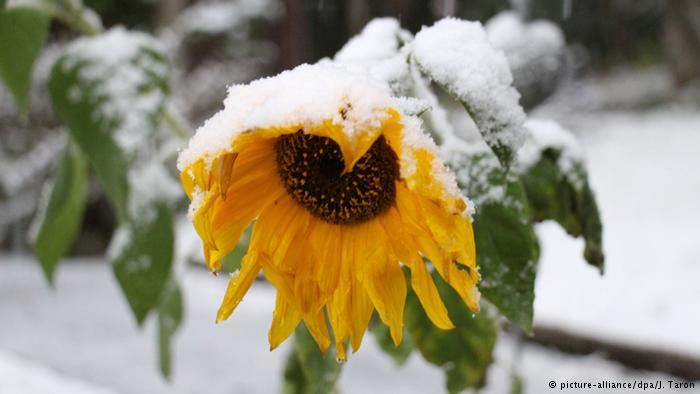
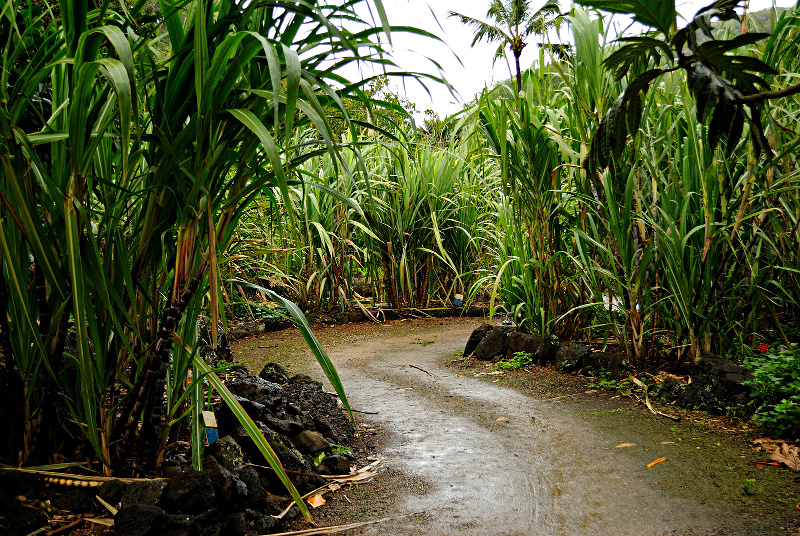







Comment: The above report should also been seen in conjunction with the this one: Britain faces longest winter in 50 years after earliest ever arrival of Siberian swan